I know shopping for groceries can sometimes be confusing if products aren’t clearly labeled that they’re vegan. For those that are newly vegan or for those just looking to eat more plant based, it can be even more intimidating. I have more than 25 years of experience working in retail specifically in natural foods and have been vegan since 1994 so I will help you navigate the aisles, labels and ingredients to make sure you’re making the right choices for you.
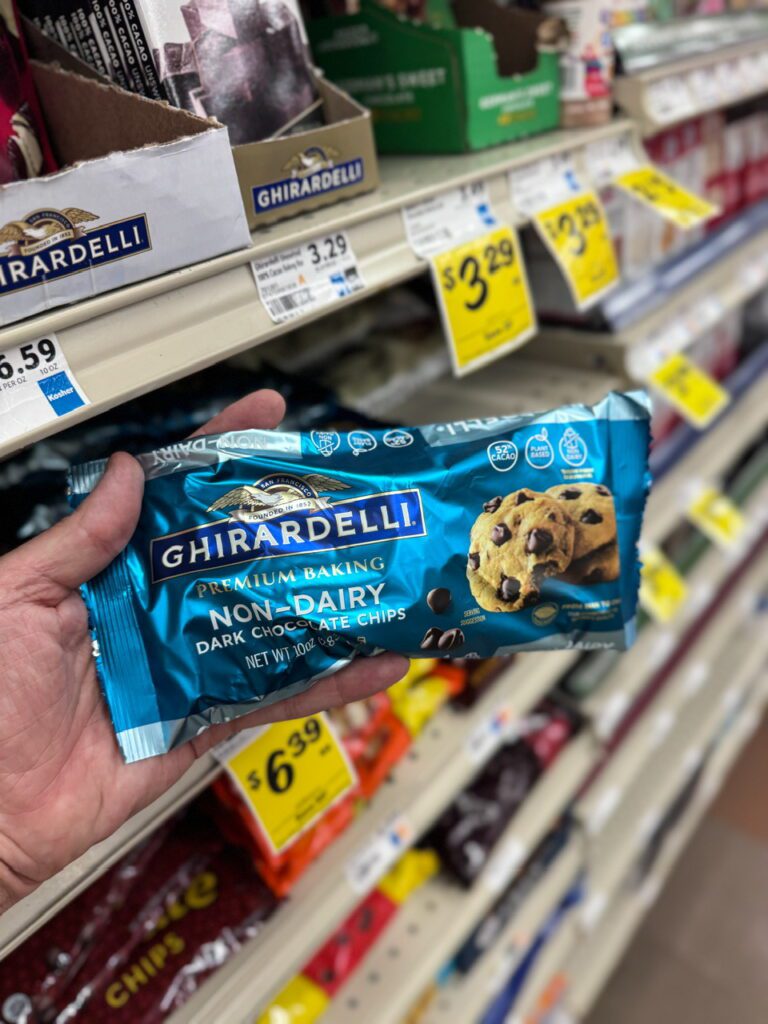
How can I tell if it’s vegan?
This is a tough question if the product isn’t labeled vegan or has a certified vegan logo on it. Some ingredients while technically containing no animal derivatives may not be considered ethically vegan due to environmental concerns, animal testing in the development of the product and for other reasons. Keep in mind there’s no vegan police. I liken veganism to religion where there’s an overarching umbrella of tenets to follow then within the movement there are sects of those with differing opinions and beliefs. We are striving for progress not perfection and just trying to do the least harm, so don’t beat yourself up if an ingredient slips past you. You can go down a deep rabbit hole obsessing over cross-contamination, if sugar has been processed with bone char and more. Vow to do your best and realize it’s your journey and that small steps can lead to big change.
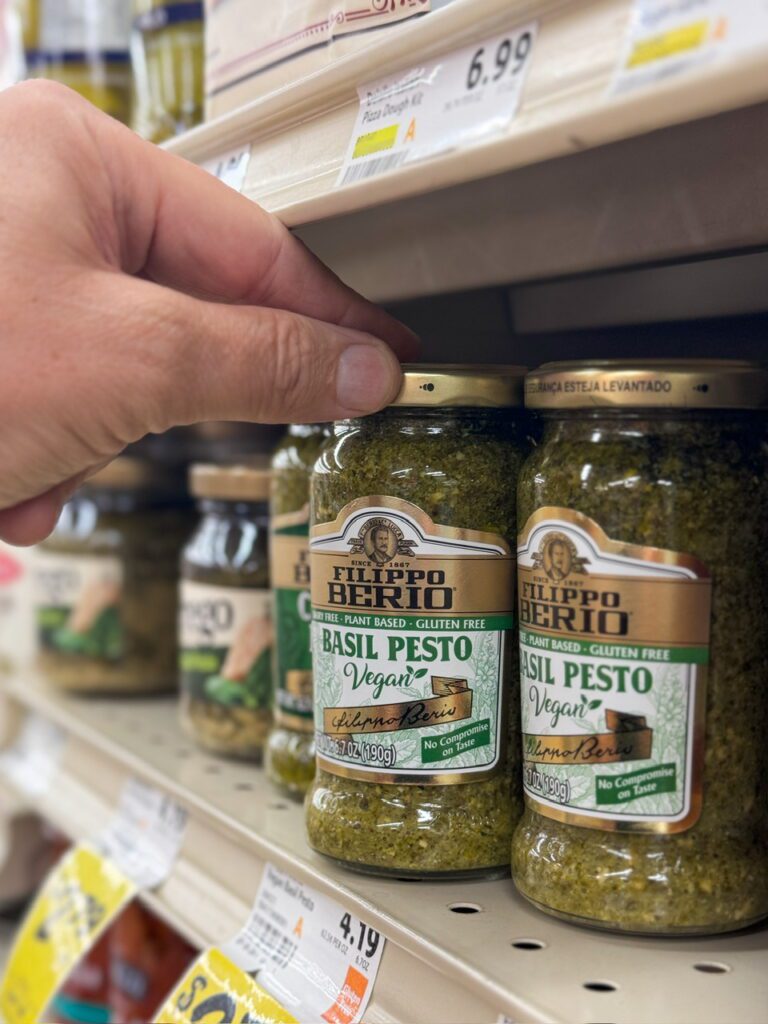
Some red flags.
- Look for allergens. Products in the USA should be listing the major eight allergens usually at the end of the ingredients list. These include: milk, eggs, fish, shellfish, tree nuts, wheat, peanuts, and soy. They’re often known as the “great eight” but some manufacturers take it a step further and will list coconut, sesame, and others. If it contains milk, fish or eggs then you can tell right away that it’s not vegan.
- Plant based labeling versus vegan. Just because a product may list that its plant based on the packaging doesn’t necessarily mean it’s completely vegan. Often these products use a plant based protein but can still contain milk and eggs and other animal derived ingredients. Always read the labels and don’t assume it’s vegan. One exception is if the item has the “Certified Plant Based” logo on it. Items that use this on packaging have been certified and are vegan.
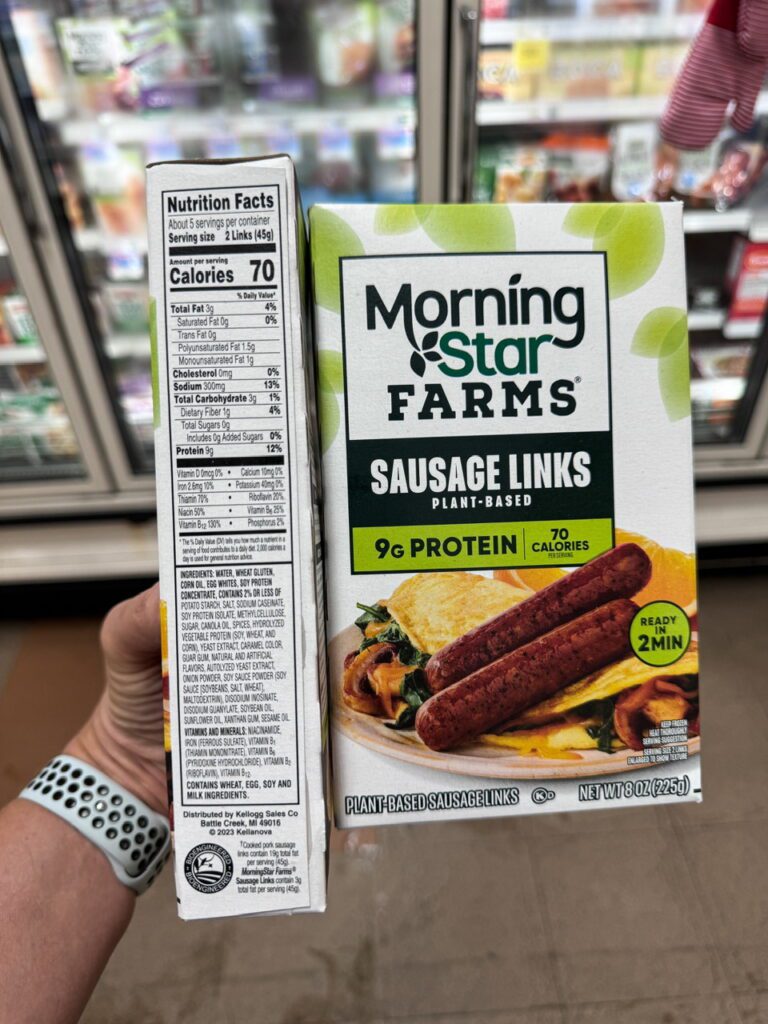
- Watch out for ingredients like gelatin (made from animal bones), carmine red food coloring (made from crushed insects), confectioners glaze (contains shellac from insects), lard (rendered animal fat), vitamin D3 (contains lanolin derived from sheep’s wool which is in a lot of commercial cereals), and some natural flavors that could be animal derived.
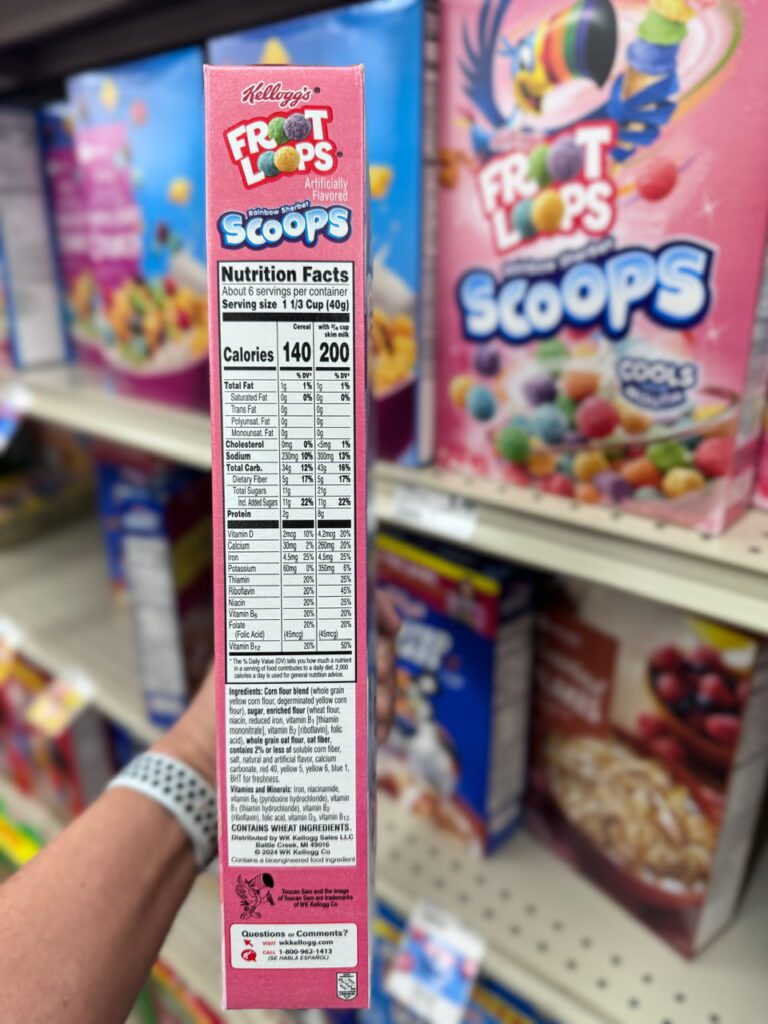
Some helpful tips.
- Look for vegan sections when shopping. Some stores will actually place vegan items together which can be helpful. The trend is though to mix vegan products in amongst everything else so that can be challenging.
- Use a store’s app to identify vegan products. Some store apps (like Target for example) will let you search by a keyword like “vegan”, “plant based” or “non dairy” to help you narrow down products which may be vegan friendly. They’re not always accurate but can help. Some even let you sort by newest items first so you can see what’s newer but I’m always here to help with that as I post the newest of the new vegan items in stores on my Spotted website. You can even search by store to find just what you want to see before heading out to the stores.

- Look for the Kosher Parve or Pareve symbol. This can be helpful in determining whether or not there could be hidden animal derived ingredients in a product or if the enzymes or diglycerides are of animal origin. Kosher pareve prohibits meat and dairy products in products and although it doesn’t exclude eggs or fish being used, those are major allergens and would have be listed at the end of the ingredients. Although not perfect, it can be a good indicator that no animal products were used if something might be questionable.
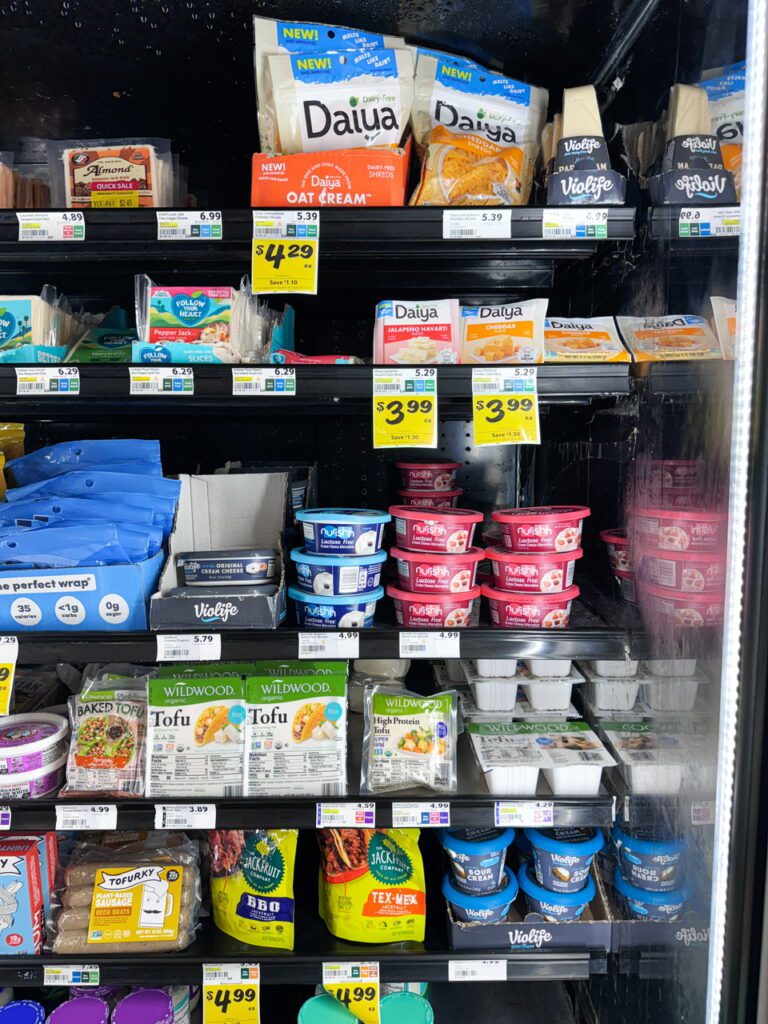
But what about…
- Processed cane sugar: Bone char (using bones from cows) filtering is sometimes used by the sugar industry as a decolorizing filter, which allows the sugar cane to achieve its desirable white color. Companies often mix lots of refined sugar from other manufacturers. Organic rules prevent the use of this practice so buying organic sugar ensures it’s vegan. Conventional brown sugar often has molasses added to cane sugar so it may have gone through this process as well. The practice is becoming less popular but it is an ethical choice to eat items containing sugar where it’s not specified as vegan as it’s not an ingredient but a filtering agent. I feature products containing questionable sugar and let others make their own choice to purchase these products or not.
- Cross contamination. This statement is a declaration on the label of a prepackaged product that alerts consumers of the possible presence of an allergen in the food due to shared equipment manufacturing lines. Often larger companies use the same lines for products that contained milk or other allergens but they are required to clean them well before using them for other products. Legally, companies are not required to disclose that they have manufactured items on shared equipment but they mostly do to alert consumers with severe allergies. It does not take the place of a deliberate added allergen ingredient warning usually at the end of the ingredients list or bolded within it. Although the products do not contain these ingredients in them, there may be trace amounts present and that’s important for those that are highly allergic that they disclose this information. You will be quite limited in choices if you avoid these products but it’s a personal choice to buy them or not. Even certified vegan products are allowed cross contamination and I feature products with these warnings as they’re not ingredients.
- Palm oil, questionable labor practices, etc. There are many reasons someone may not consider a product vegan including environmental, ethical and health reasons. These are very personal and individual and a choice you make on your own. Someone may not agree with a brand or store’s practices or political views or how they allegedly treat workers and those are all valid but something you need to navigate on your own. I don’t take these things generally into account when posting what I post as the lists are endless but I respect personal choices and ask for respect in return.
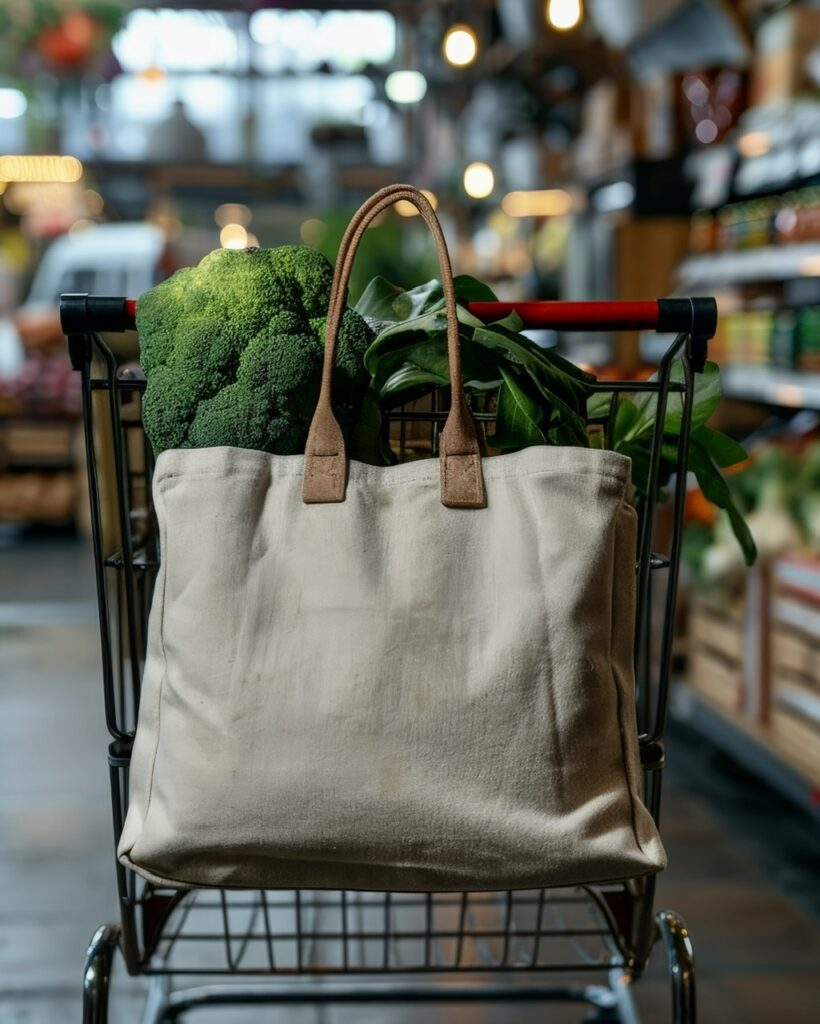
Let’s bag it up.
Shopping for vegan groceries doesn’t have to be overwhelming and with a little planning and knowledge, you can confidently navigate the store to find everything you need. Focus on stocking up on versatile staples, exploring new products, and paying attention to labels. With these strategies, you’ll be well on your way to a successful vegan shopping experience.
In summary, I respect anyone’s path to veganism whether it’s spurred on by a health event, a spiritual awakening or just for the love of animals. All paths lead to helping animals and taking them off plates. You make the biggest impact by choosing vegan options like burgers, tofu and other substitutes for meat products but in my opinion, not by obsessing over the possibility that a product may contain .0001% of a possibly animal derived ingredient. That’s ultimately not really saving animals but again, it’s a personal choice.
The goal is progress not perfection in my opinion and making veganism seem less daunting to others will ultimately bring it to more and more people to make vegan choices which again, helps animals. Being a gatekeeper ultimately helps no one and especially not the animals in my opinion and we should embrace others curiosity and questions and help them make vegan choices while not judging them because that’s how we might do it. My own personal path to veganism was a slower one like a blooming flower opening petals one by one as I embraced more and more of the lifestyle. I could never see myself going back and my goal is to show others that they need not sacrifice and that vegan options are plentiful.
More resources:
- Visit my Spotted webpage here with all of my store finds that you can filter by store to see just what you’re interested in.
- The website Double Check Vegan here can be helpful to check ingredients lists of food and beauty products for possible questionable ingredients.
- The app Vegan Pocket – Is It Vegan? might be useful for you but realize not everything might be in their database (especially new or seasonal products ) and I have not used it personally so cannot fully endorse it so use at your own risk. Read the reviews to see if it might be right for you.
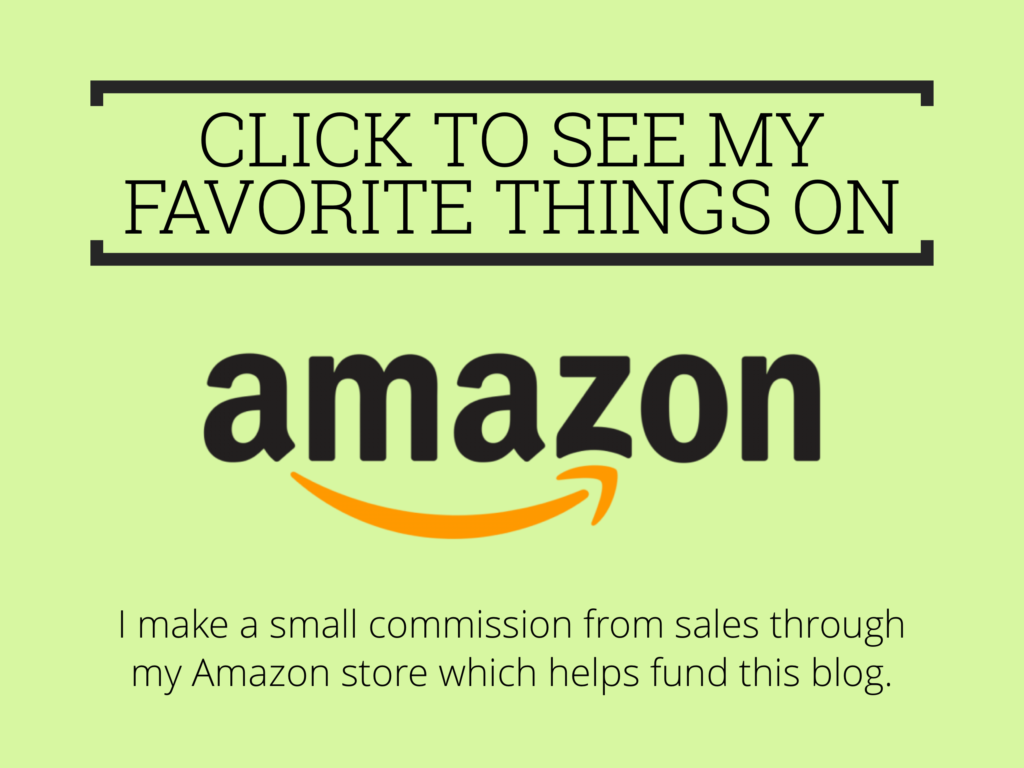
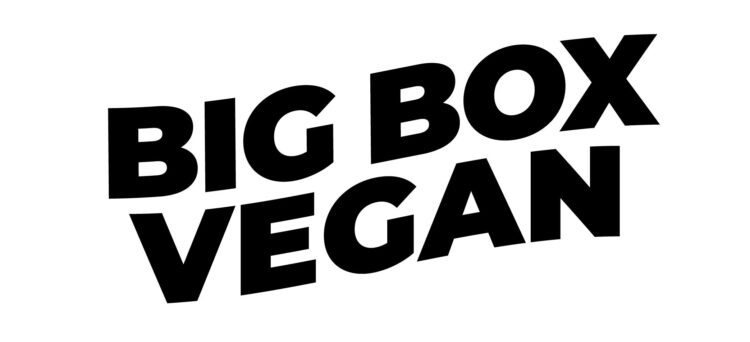
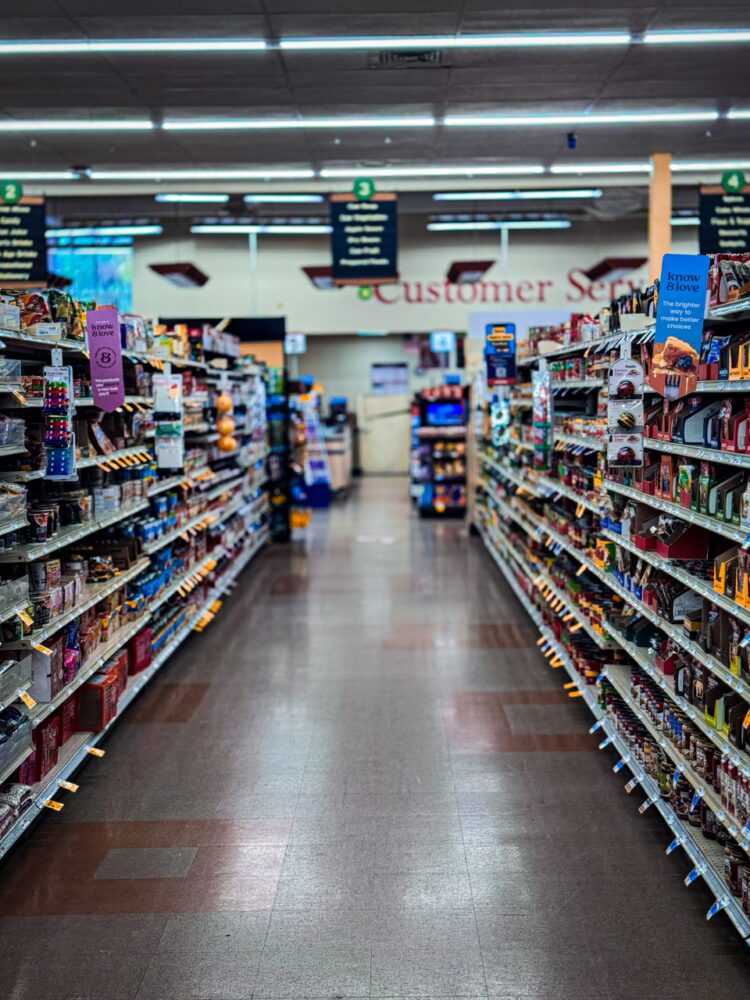




















![[AD] Dr. Praeger’s NEW Grillhouse Vegan Burgers are the star of my mini tater tot sliders! ✨🍔✨
Juicy, seasoned with steak-style spices, and made with real veggies and other great ingredients, they bring that grillhouse restaurant experience home.
I turned them into an easy, crowd-pleasing vegan appetizer for holiday parties, game day, or whenever the mood strikes.
👉🏼 Comment “GRILLHOUSE” for a BOGO offer!](https://bigboxvegan.com/wp-content/uploads/2025/07/601619903_18299460895279935_7282710839617908491_n.jpg)












